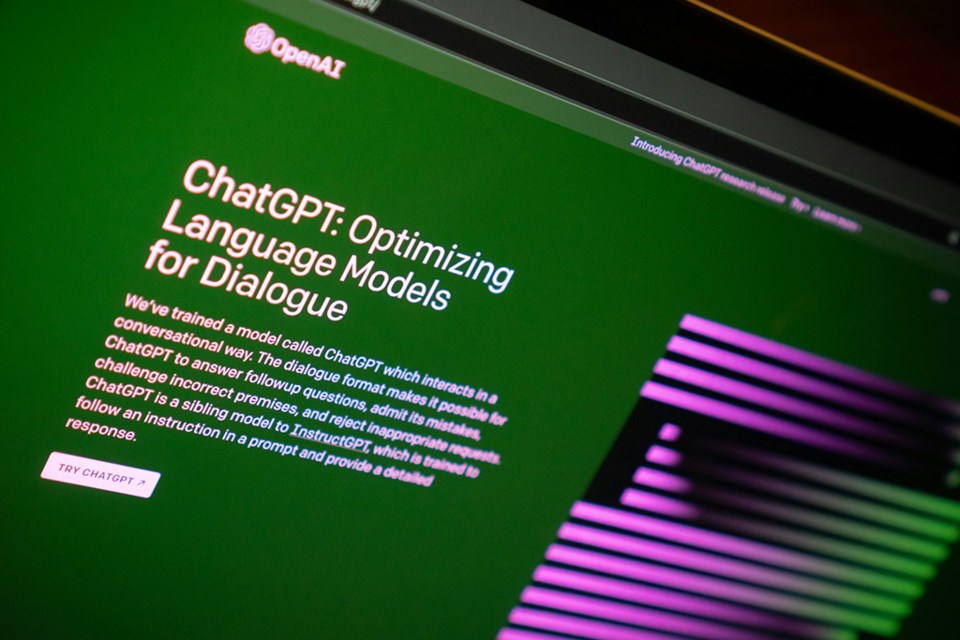Prompt engineering is a new skill that helps users get better results when using generative AI tools like ChatGPT. It involves writing clear and effective instructions — called prompts — so the AI understands what the user wants and responds appropriately.
This guide explains the basic dos and don’ts of prompt engineering, with examples to help you get more useful responses from AI, whether for work, research or fun.
Be specific
When you’re specific and detailed, the AI has a much better chance of understanding your request.
Better prompt: “What makes Siamese cats appealing to many cat lovers?”
Too vague: “Tell me more about cats.”
General prompts usually result in generic or off-topic responses.
Provide context
In addition to being specific, it’s helpful to explain what kind of response you want — such as the tone, format or length.
Example with context: “In about 100 words of prose, explain what makes Siamese cats appealing to many cat lovers.”
Without context: “Tell me something interesting about Siamese cats.”
While the second example might get a response, it may not align with your needs. Context also helps in other areas. For example: “Write a two-sentence summary of today’s stock market news in a casual tone.”
Keep it brief (but not too brief)
It’s important to strike a balance. A prompt should be focused and clear but not overloaded with unnecessary detail.
Effective: “Describe the typical fur colours of Siamese cats in about 50 words.”
Less effective: “Notwithstanding breeder efforts to develop unique colour variations, describe the most common coloration of Siamese cats in approximately 50 words.”
Short, direct phrasing leads to better responses.
Separate instructions from context
To improve clarity, try separating the core instruction from any added details. You can use quotation marks to help the AI distinguish the parts.
Better structure: “Describe what makes Siamese cats appealing to cat lovers” “in prose in about 100 words.”
Less clear: “Describe in prose what makes Siamese cats appealing to many cat lovers in approximately 100 words.”
This helps the AI follow your request more precisely.
Add constraints
Constraints help narrow the scope of the response by limiting it to a specific time, place, group or language.
With constraint: “What is the population of Siamese cats owned by English-speaking residents in Brooklyn?”
Too broad: “What is the population of Siamese cats?”
The more you narrow your prompt, the more useful the answer is likely to be.
Check for accuracy
Even when an AI sounds confident, it can still be wrong. These errors — sometimes called “hallucinations” — can sound convincing but may be entirely made up.
Example of a likely hallucination: “Many Siamese cats enjoy eating raw carrots.”
While AI can provide fast answers, always verify important facts with reliable sources — especially if you’re using them in public content.
Avoid information overload
Including too much information in your prompt can confuse the AI and dilute your results.
Overloaded prompt: “Describe what makes underweight Siamese cats with black tails appealing to left-handed cat lovers in Brooklyn who live in brownstone condos near subway stations.”
Better prompt: “Describe what makes Siamese cats appealing to many cat lovers in Brooklyn.”
Balance is key — enough detail to guide the AI, but not so much that it gets lost.
Avoid leading or overly broad questions
Some questions can bias the AI’s response or result in something too vague to be useful.
Leading example: “Do you think certain groups prefer Siamese cats more than others?”
Too broad: “What do you think of Siamese cats?”
Better version: “What are some common personality traits of Siamese cats?”
Neutral, focused questions tend to produce better answers.
Use iteration and fine-tuning
Even good prompts sometimes need adjustment. Don’t hesitate to revise and refine your questions if the AI’s response isn’t quite right.
Original: “Are Siamese cats happy?”
Improved: “What are signs that Siamese cats are content or happy?”
Think of prompting as a back-and-forth. A few small changes can go a long way.
Focus on what you want
It’s often better to tell the AI what you do want rather than what you don’t.
Less effective: “What is the population of Brooklyn cats that are not Siamese?”
Better: “How many Siamese cats are there in Brooklyn?” or “What is the total cat population in Brooklyn?”
Positive framing leads to more accurate and relevant results.
Prompt engineering is about clear communication. A well-crafted prompt leads to better responses — whether you’re using AI for writing, research, brainstorming or fun.
Like any skill, it gets easier with practice. Start with a simple prompt, see how the AI responds, and refine from there. You don’t need to be a tech expert — just a clear communicator.
©
The commentaries offered on Â鶹ÊÓƵ.ca are intended to provide thought-provoking material for our readers. The opinions expressed are those of the authors. Contributors' articles or letters do not necessarily reflect the opinion of any Â鶹ÊÓƵ.ca staff.




